Jamaica 🇯🇲
- Anjali
- Jan 2, 2023
- 4 min read
Updated: Jun 9, 2023
Jamaica is an island country located in the Caribbean Sea. The history of Jamaica is a long and complex one, with roots that go back hundreds of years. The first people to inhabit Jamaica were the Taíno, an indigenous people who lived on the island for thousands of years before the arrival of Europeans. The Taíno lived in small villages and developed a complex society with a system of government, language, and religion. In 1494, Jamaica was claimed by the Spanish, and it became a Spanish colony. The Spanish brought African slaves to Jamaica to work on plantations, and the island became an important center of the slave trade. In 1655, the English invaded Jamaica and took control of the island from the Spanish. Jamaica became a British colony, and the British continued to bring African slaves to work on the island's sugar plantations. In the late 19th and early 20th centuries, Jamaica underwent a series of social and political changes, including the abolition of slavery, the development of a parliamentary system, and the growth of national identity. In 1962, Jamaica gained independence from Britain and became a sovereign nation. Today, Jamaica is a vibrant and diverse country with a rich history and culture.
Jamaica is a wonderful land, full of beauty and some of the most breathtaking sites I have ever seen. The beaches are gorgeous and the countryside is dramatically beautiful. Rivers, Gullies, waterfalls, and flora and fauna will delight you. Many worry about Jamaica being a violent place but in my experience, you are safer there than in many other places I can think of.
I stayed in Montego Bay (in a hostel named Mobay Kotch) and did day trips to Ocho Rios and Negril.
Some Local food that I tried:
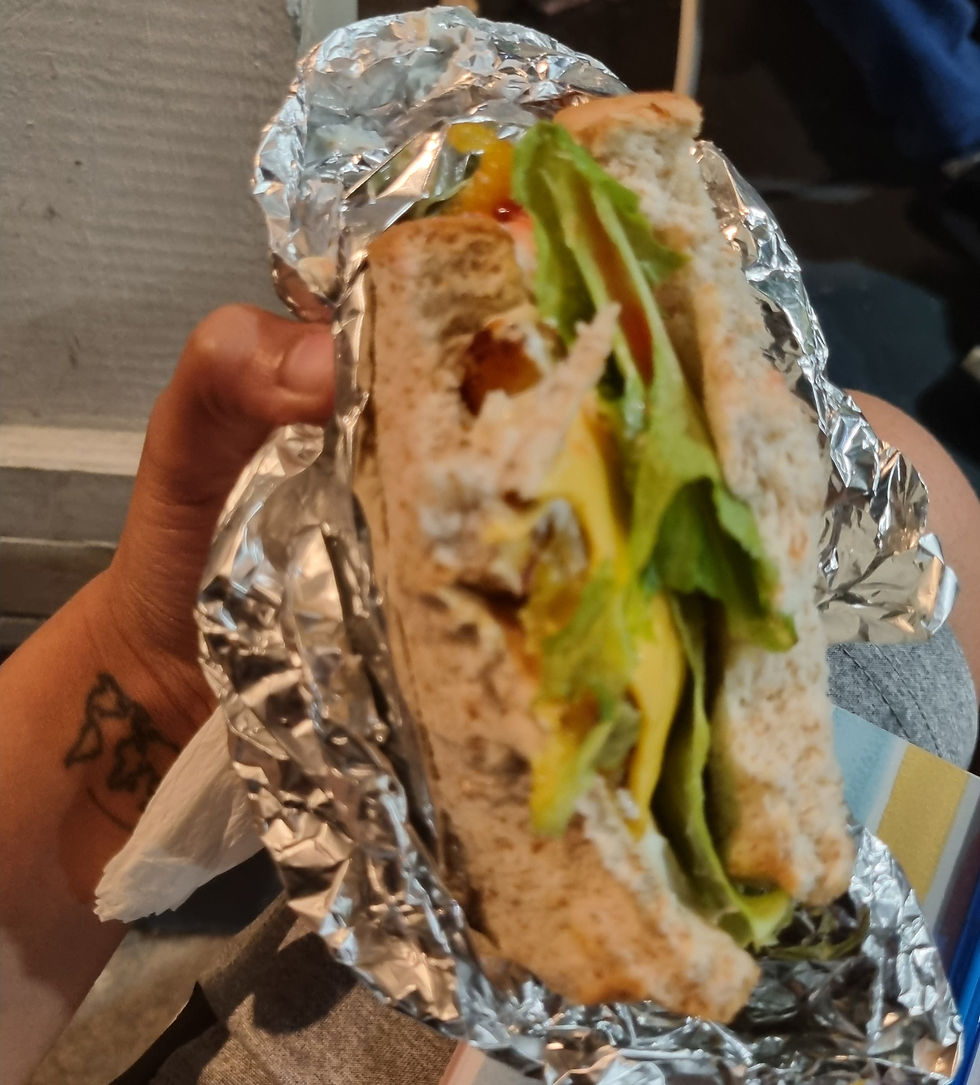

Mobay Kotch is one of the only hostels located in the heart of Montego Bay, Jamaica. It's owned and run by locals who live on the property and want travelers to experience and see Jamaica that they know and love. One of Mobay Kotch's charms is that it's located at the landmark, recognized in travel guide books, as 'the Townhouse'. Established in the 1760s, this townhouse has a very rich history and has withstood the test of time. It stands out because of its Georgian-style architecture. With its distinct red brick exterior, high ceilings, wooden floors, and grand windows, the property gives a feeling of being very open and airy while maintaining a sense of privacy and security.

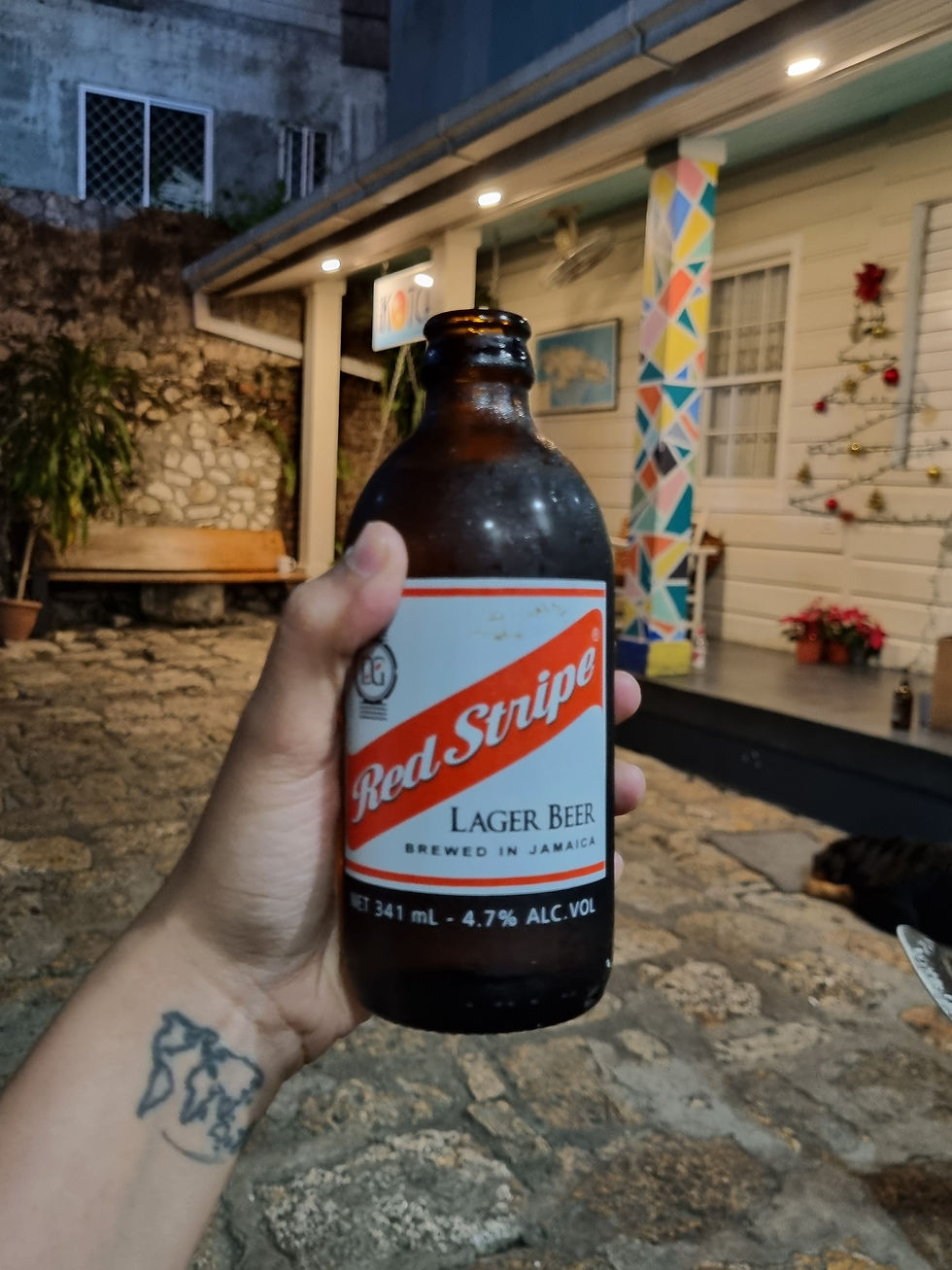


I climbed the Dunn's river waterfalls where everyone links up in a human chain to begin ascending this beautiful travertine waterfall, which cascades in an amazing formation. I was fortunate to be right behind who guided me expertly up the 180ft high falls. The falls empty into the Caribbean Sea at the western end of an attractive white-sand beach.



Discovery Bay St Ann (spotted on the way to Ocho Rios)
This town now known as Discovery Bay was originally named Puerto Seco ("Dry Harbour") by Christopher Columbus in 1494. It was named as such because Columbus could not find a source of fresh water close to this natural harbor. He later found the freshwater he was looking for 5 miles to the west and named the area "Rio Bueno". In 1947 the town was renamed "Discovery Bay" to refer to the town's history as it was believed that this was the spot where Christopher Columbus first set foot on Jamaican soil.
Blue Hole Mineral Spring sits 24 feet below the ground in a cavernous opening completely encased by Karst limestone. The natural mineral water in the spring is 35 feet deep; However, the edges of the spring are shallow for guests to stand or sit down. Some guests jump into the spring, others choose to climb in using a safe iron ladder. Naturally occurring minerals in Blue Hole Mineral Spring are recognized for their therapeutic value.
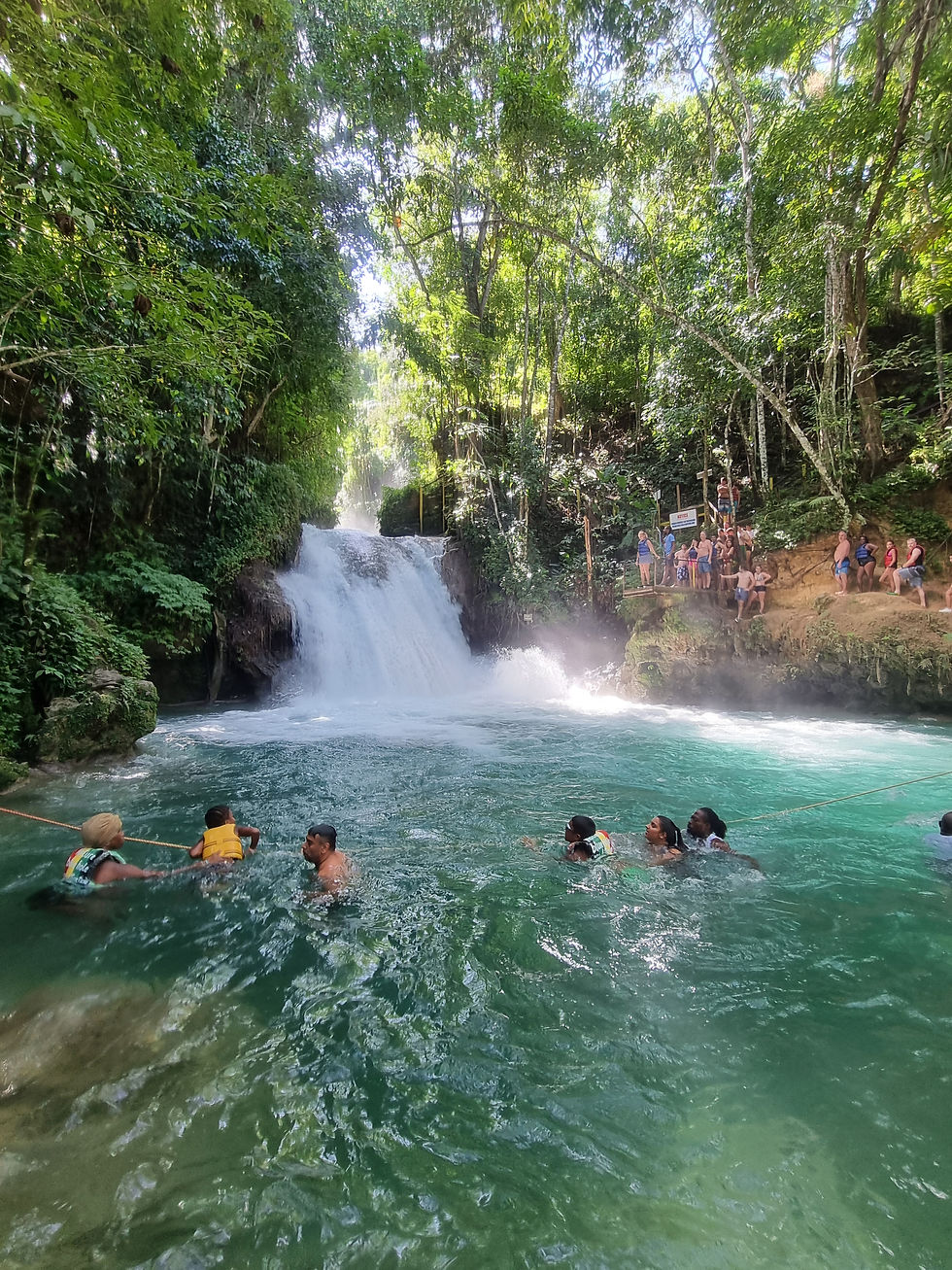


Saint James Parish Church is an eighteenth-century church in Montego Bay, Jamaica. It was started in 1774 at a time when the town was increasing in importance as a center for trade and the number of merchants was growing.


Jamaica has some of the best beaches in the Caribbean, and you can spend your days soaking up the sun and swimming in crystal-clear waters.
Harmony Beach Park


One Man Beach


Doctor's Cave Beach





Sam Sharpe Square: Colorful homes & anti-slavery monument in a cobblestone square in Montego Bay is named after national hero Sam Sharpe and features the Cage, which used to be a jail for runaway slaves.




Montego Bay Cultural Center
Very informative and I learned a lot about Jamaica's history and the Rastafarian culture.


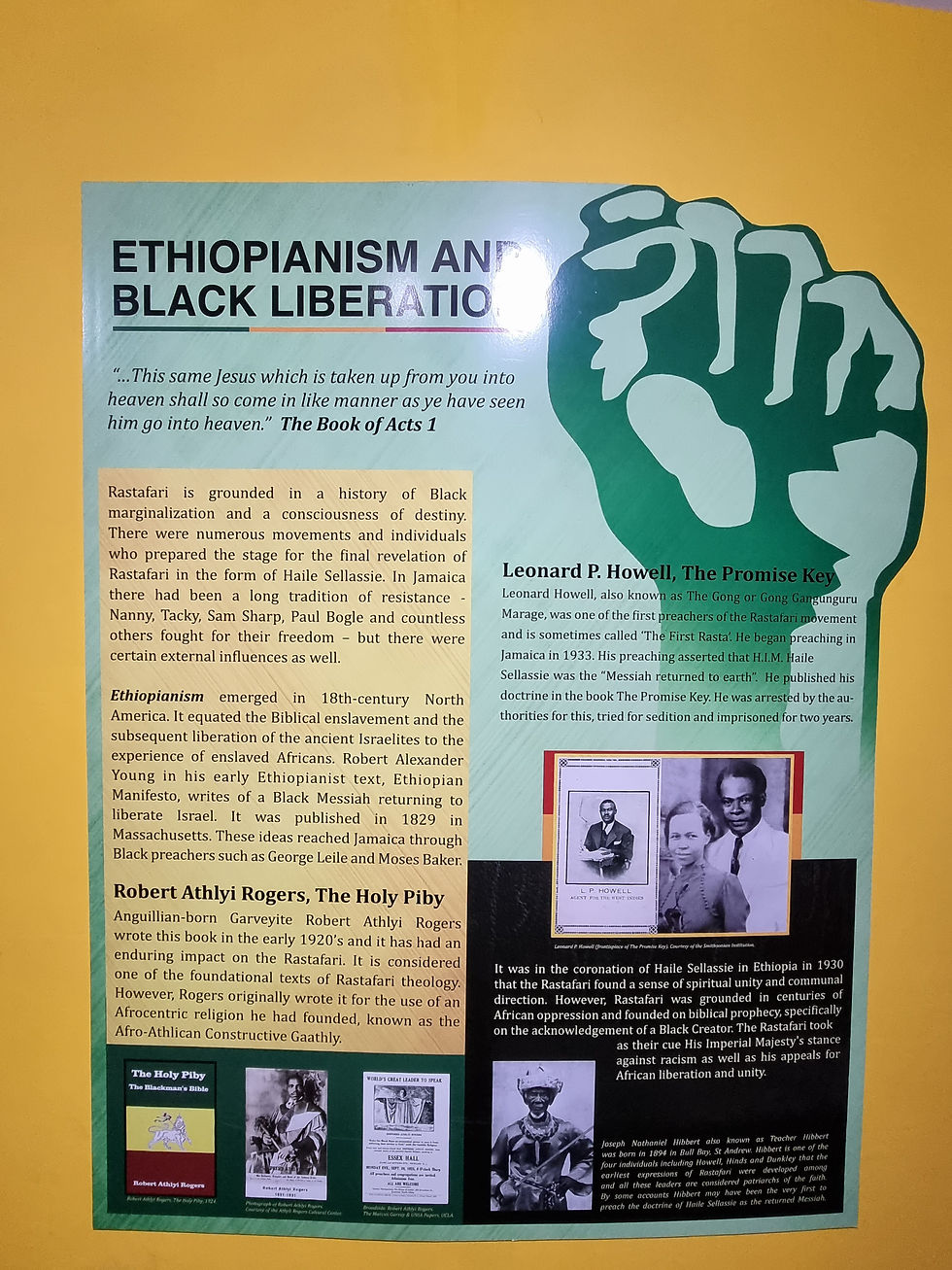


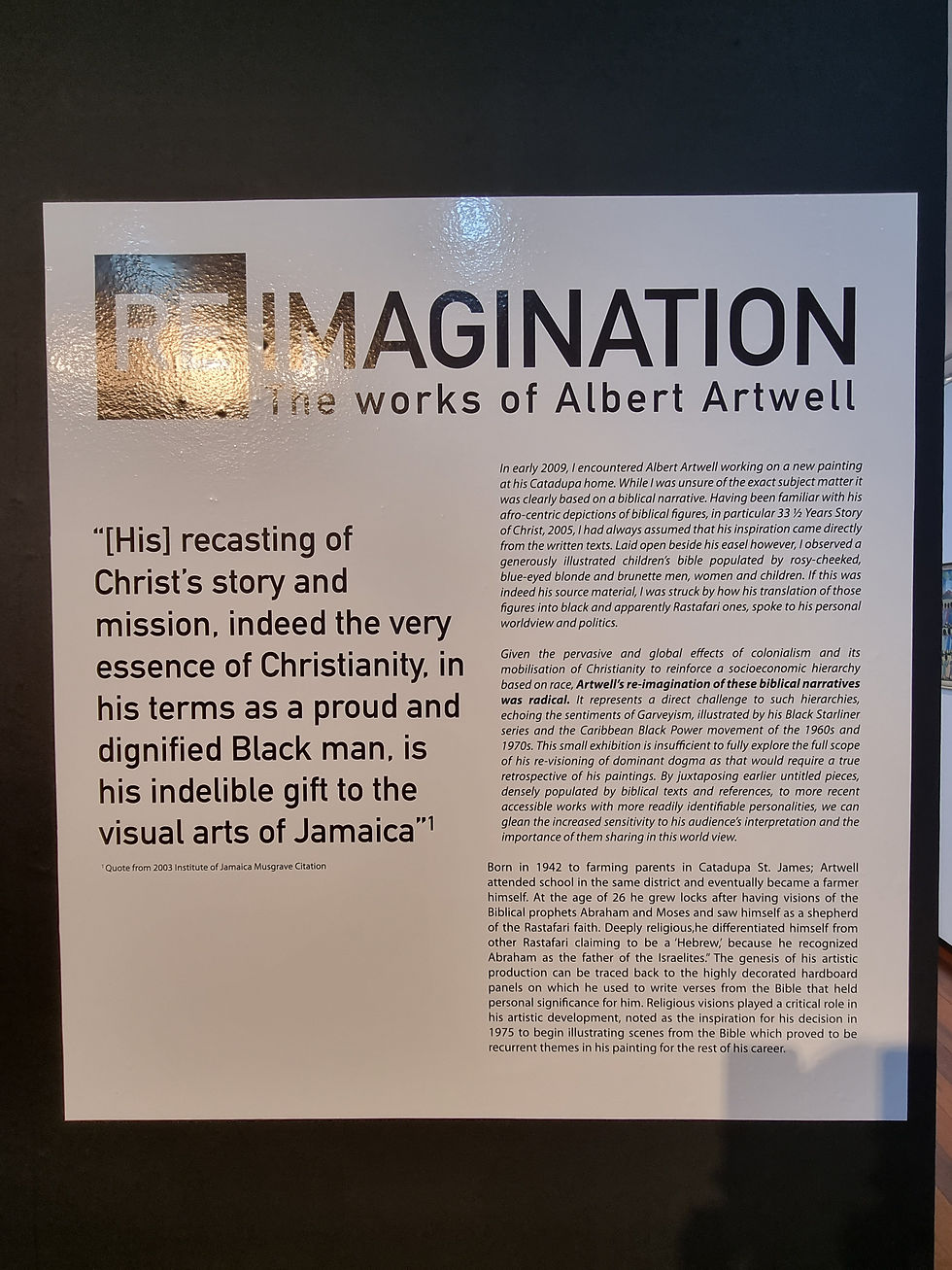

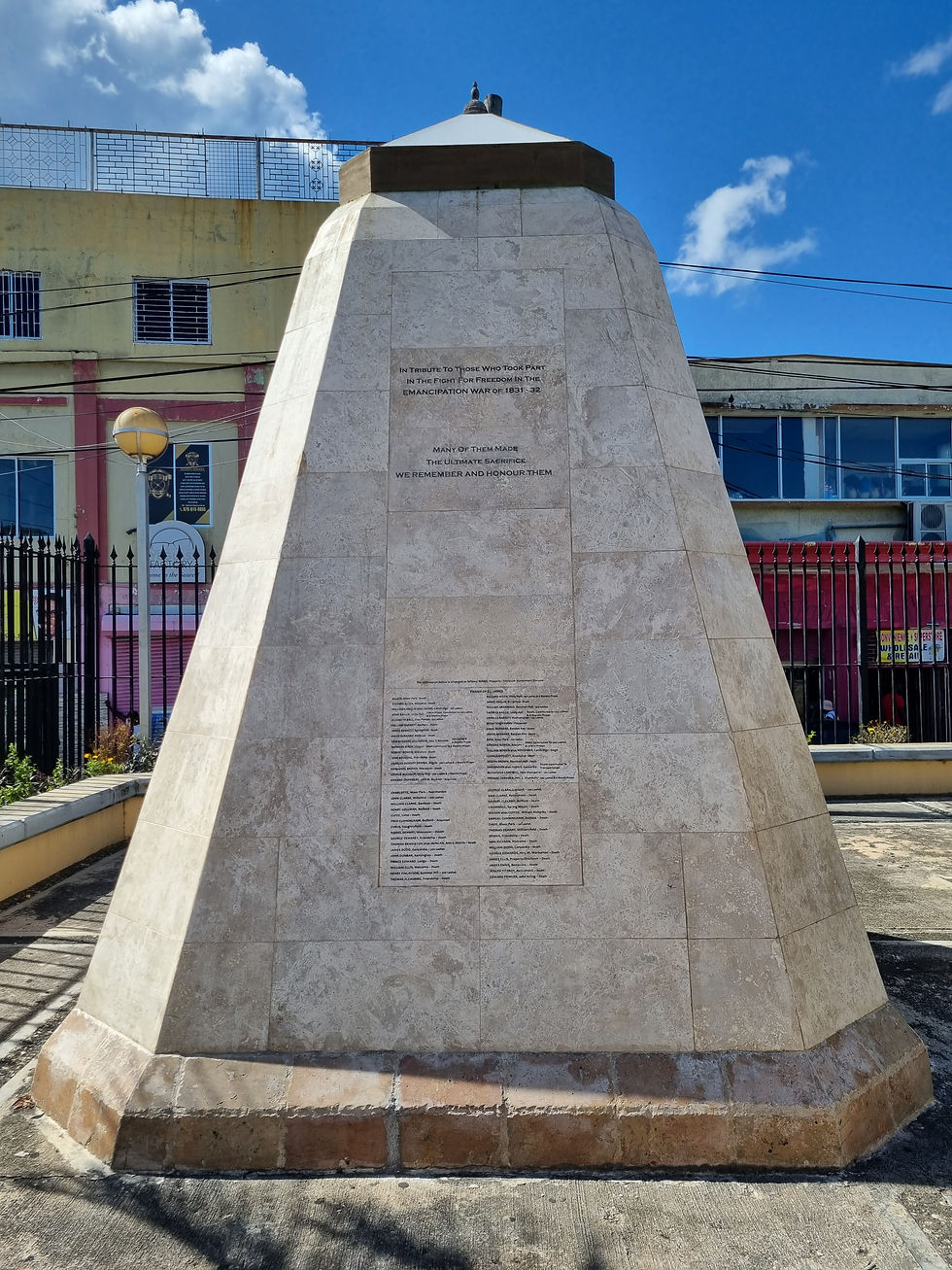
The Luminous Lagoon is home to millions of dinoflagellates. At night, the lagoon sparkles and glistens when disturbed, as these microscopic organisms produce an eerie glow, reflecting the outlines of fish and other objects in the water. Dinoflagellates thrive in the layers where salt and fresh water combine and glow the brightest in shallow, warm water.

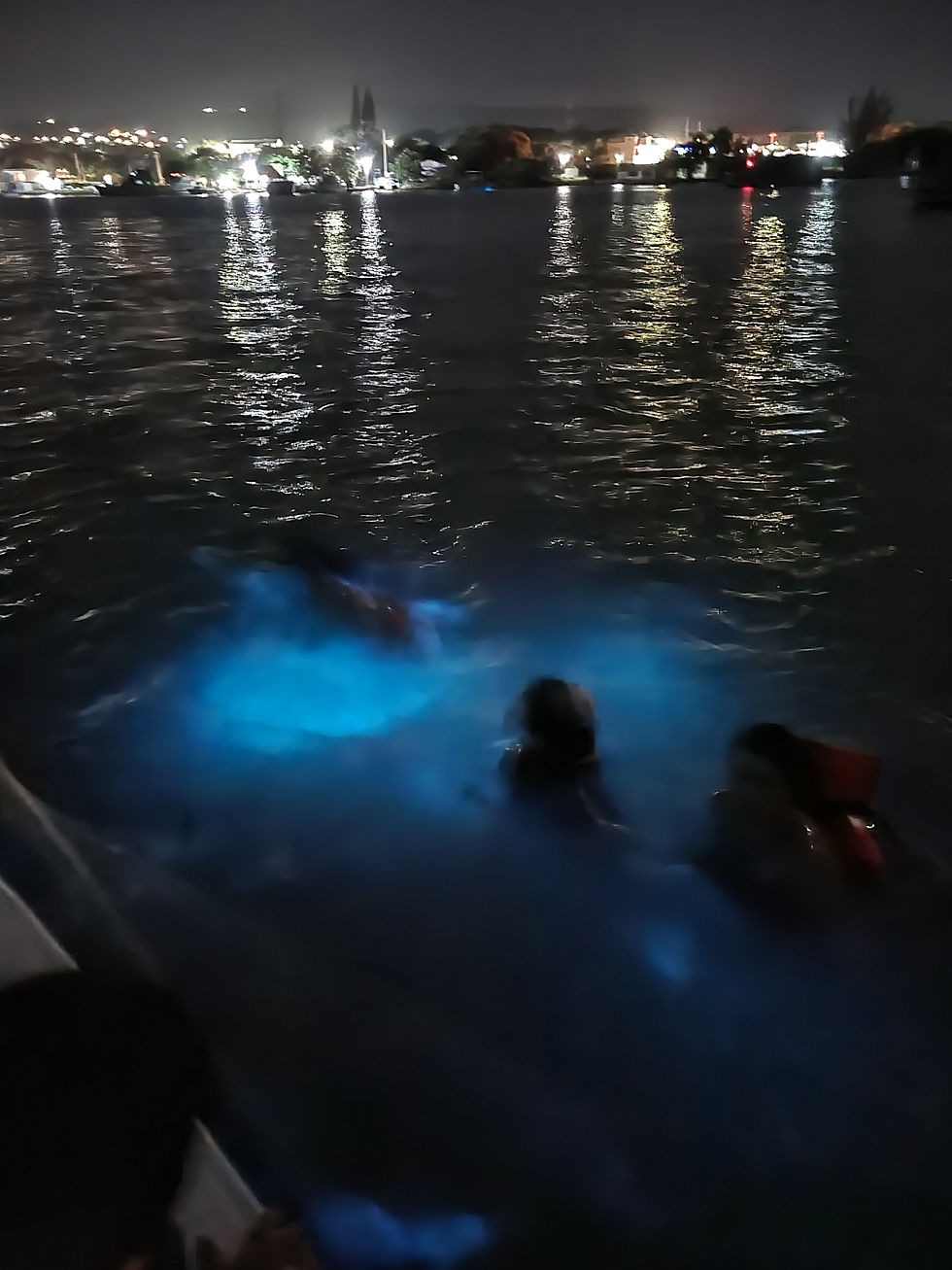
How I celebrated the 365th day of 2022: Catamaran Cruise, Negril Beach, and Rick's Cafe.


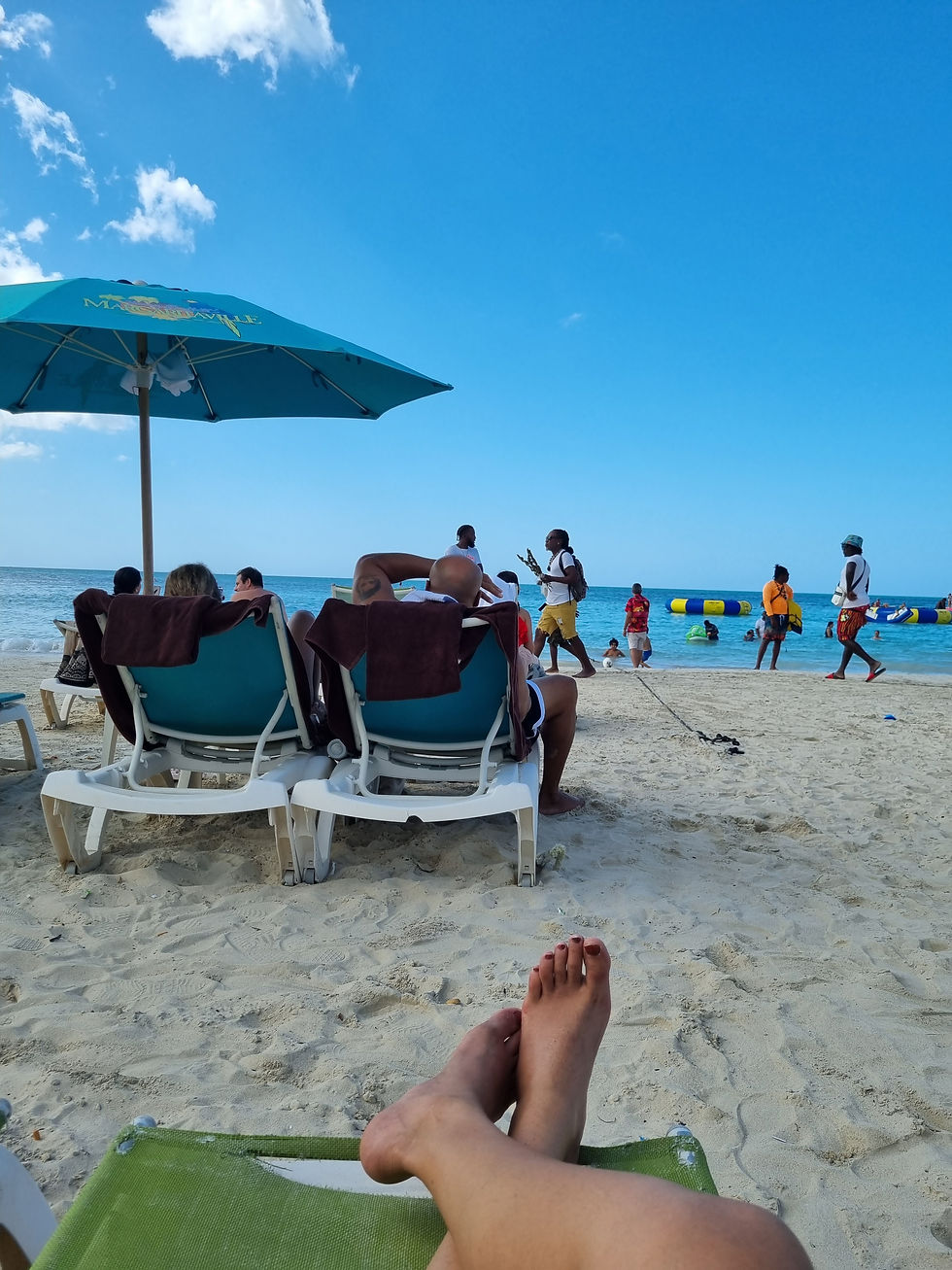


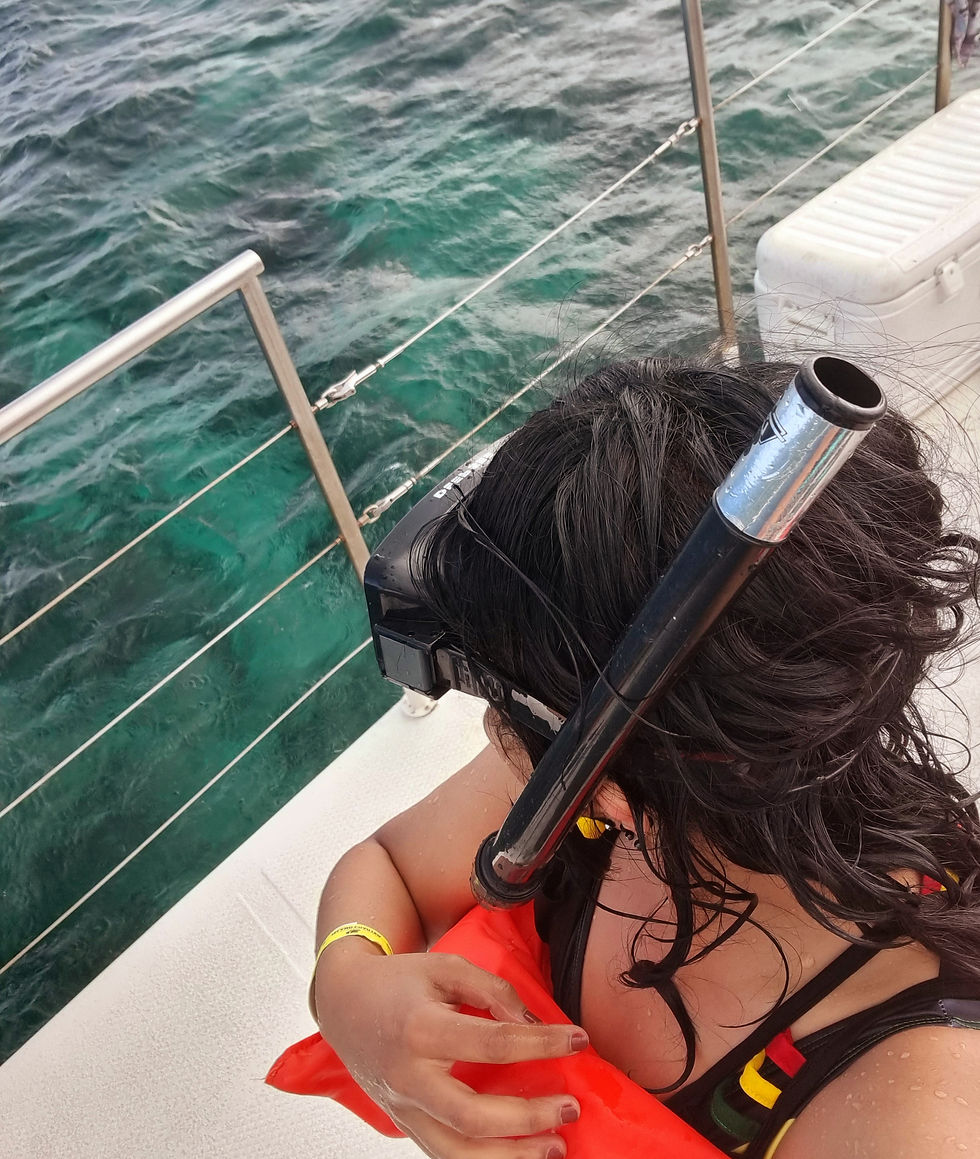





Rose Heights is a suburb of Montego Bay on Jamaica's north coast and is rife with violent crime. My private tour guide took me there to show life in the ghetto.





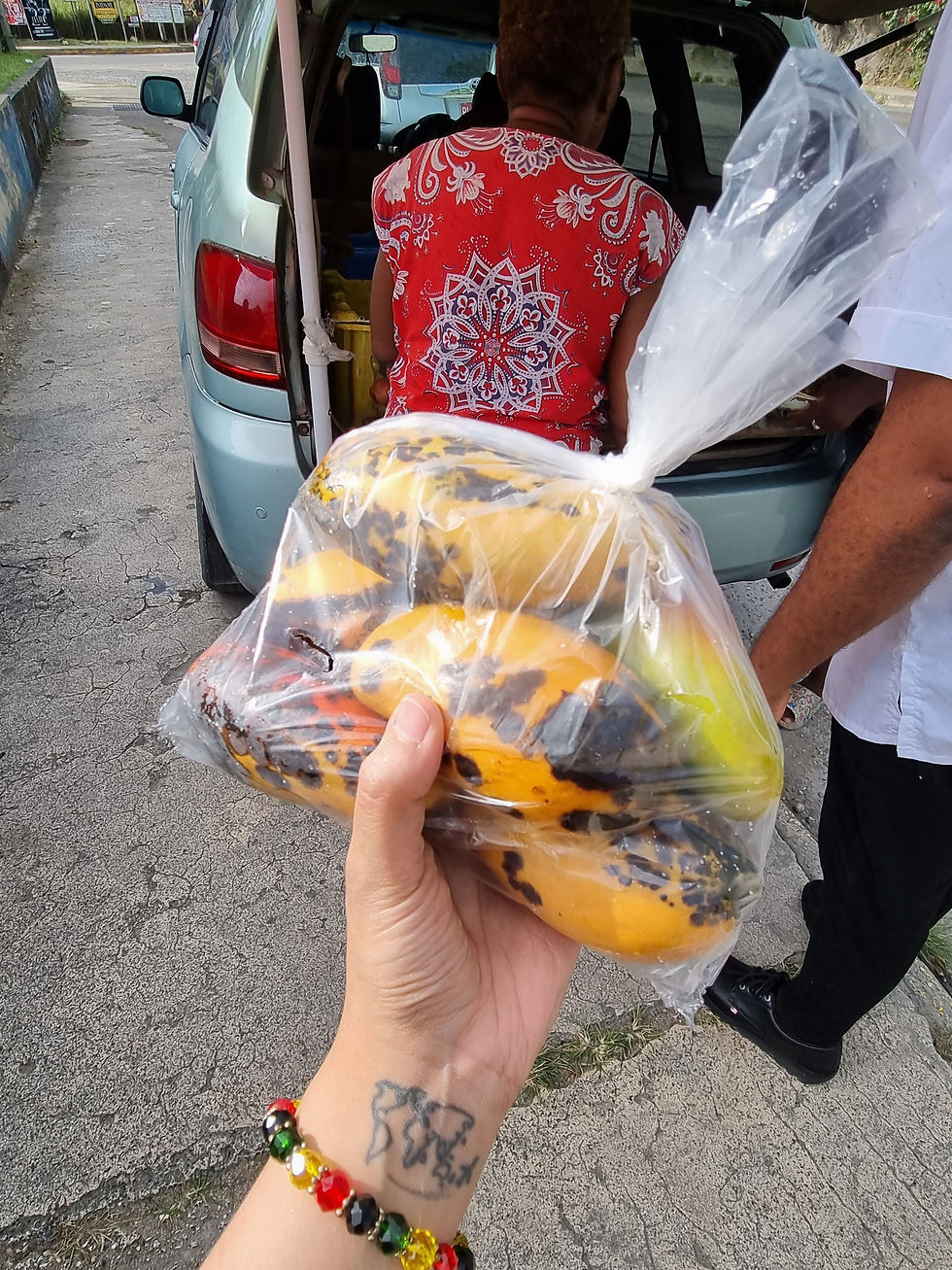
Comments